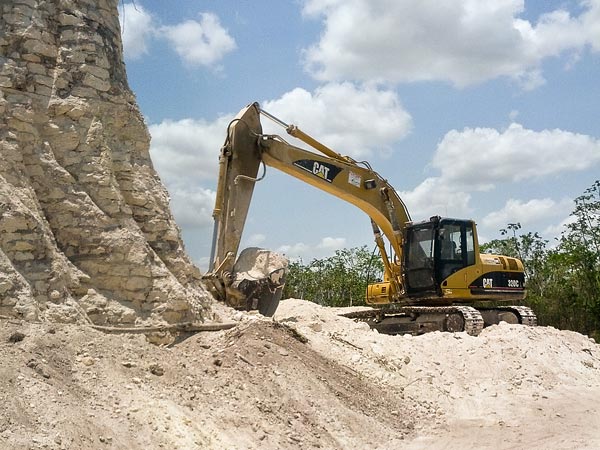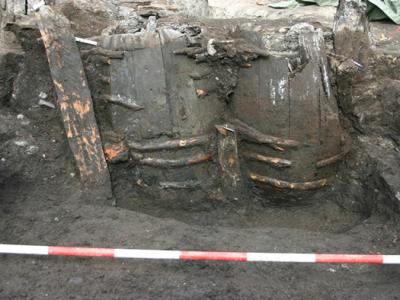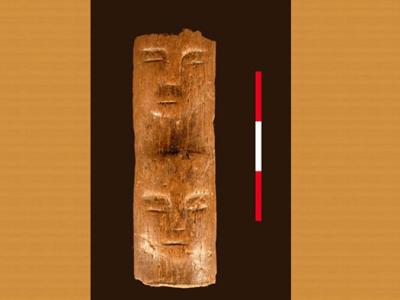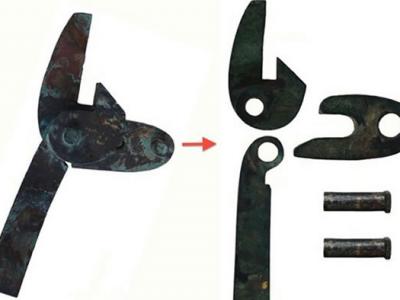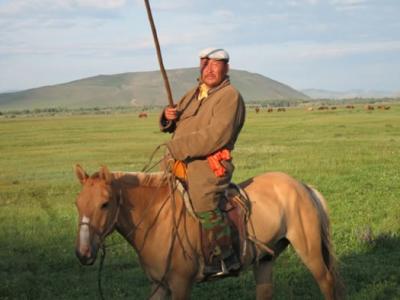Ancient Mayan Pyramid Destroyed in Belize
Despite its small size, the Caribbean country of Belize is known for a few outstanding characteristics: a spectacular barrier reef, a teeming rain forest, and extensive Maya ruins.
It now has one fewer of those ruins.
A construction company in Belize has been scooping stone out of the major pyramid at the site of Nohmul (meaning Big Mound), one of only 15 ancient Maya sites important enough to be noted on the National Geographic World Atlas.
The National Institute of Culture and History of Belize had earlier noted that "the site continues to be destroyed by road construction crews who bulldoze the mounds for gravel."
But now it appears that nearly the entire main pyramid, once standing over 60 feet tall, has been destroyed by road building crews, said John Morris, associate director of research at Belize's Institute of Archaeology. The institute is a department of the Belize Ministry of Tourism and Culture.
A backhoe in Belize destroys the Nohmul complex, one of the country's largest Maya pyramids.
Authorities discovered the destruction late last week.
All of Belize's ancient Maya sites are protected by law. The Institute of Archaeology plans to investigate the destruction and take those responsible to court, Morris said.
"This Maya site is well known to the local community, who have worked on various projects at the site," he said. "The Institute of Archaeology is going to use this opportunity to really embark on a national awareness campaign for the preservation and protection of the country."
Though the site of Nohmul had not yet been developed for tourism, it had been excavated off and on since the early 1900s after first being recorded as a site in 1897.
Nohmul, in Belize's northern tip, experienced two major periods of monumental building, the first dating to 300 B.C. or even earlier.
The site lies on private land, and there has been a lot of other activity in the area, including the burning of cane fields, which could be why the backhoes weren't detected sooner.(Elizabeth Snodgrass,National Geographic,Published May 15, 2013)
